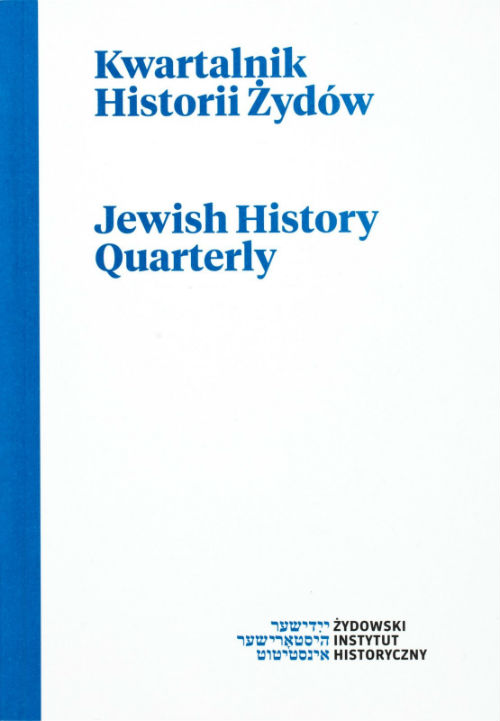Ilustracje w średniowiecznych hagadach na święto Pesach
Illustrations in Mediaeval Haggadot for Pesach Holiday
Author(s): Dagmara BudziochSubject(s): Cultural history
Published by: Żydowski Instytut Historyczny
Keywords: hagaddah; Pesach holiday; Hebrew manuscripts; illuminations; Middle Ages
Summary/Abstract: The Haggadah is read out during the seder dinners with which the Pesach holiday begins. Its text assumed its final shape gradually over several centuries and only became a separate text in the 13th century (until them it was incorporated in the prayer book). Between the 14th and 16th century this was one of the most frequently copied and embellished texts. At first, it was just adorned by the simplest of motifs, which followed from the fact that its oldest examples originated in a Muslim environment, where figurative presentations were forbidden. At a later time, illuminated codices with the text of the Haggadah were produced in Jewish communities all over Europe, and the ornaments in the haggadot gradually got richer and richer. Not only were they supposed to adorn the manuscripts, but also to facilitate locating a specific passage in the text and help the children concentrate during the night seder feast. Over the ages, an iconographic programme evolved, characteristics of this type of manuscripts, in which it is possible to identify four basic groups of illustrations: ones concerning the Haggadah text proper, ones dealing with the Pesach holiday, ones of a biblical nature and those on eschatological subjects. The graphic side is one of the distinguishing marks of the three main types of such manuscripts: Ashkenazi, Sephardic and Italian ones. The article briefly examines examples of such manuscripts and the chief differences between these types, e.g., from the point of view of the placement of text and ornamentation on the page.
Journal: Kwartalnik Historii Żydów
- Issue Year: 250/2014
- Issue No: 02
- Page Range: 277-283
- Page Count: 7
- Language: Polish

